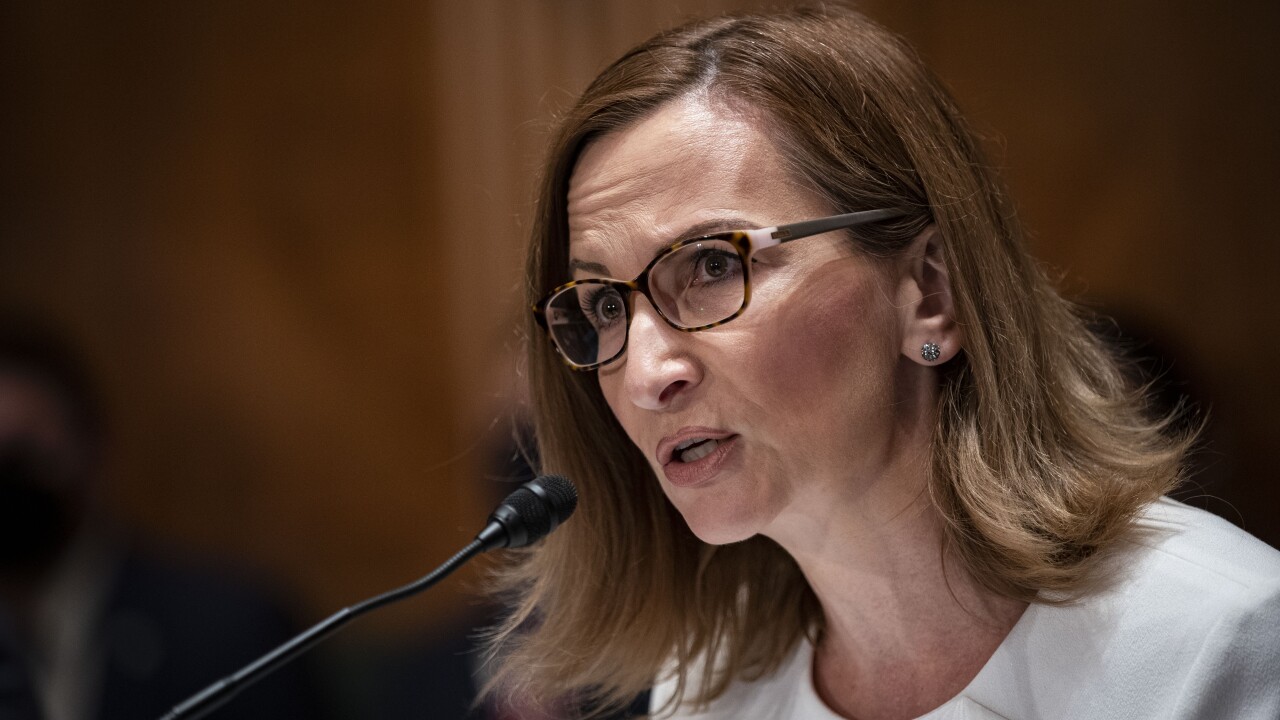Want unlimited access to top ideas and insights?
WASHINGTON — The mortgage giants Fannie Mae and Freddie Mac could require as much as $78 billion in bailout money in the event of a serious financial crisis, according to stress test results released Tuesday by the Federal Housing Finance Agency.
The government-sponsored enterprises would need to draw between $42.1 billion and $77.5 billion from the Treasury Department under the test's "severely adverse" economic scenario, depending on how the enterprises treat their deferred tax assets, the agency said in its report. Under the terms of the senior preferred stock purchase agreements, the GSEs would retain between $176.5 billion and $212 billion under their funding commitment from Treasury.

The projected draw is lower than the estimate from last year, when regulators reported that the GSEs could need nearly $100 billion in a new crisis. In 2016, the agency said that they would need just under $126 billion.
The Dodd-Frank Act requires federally regulated financial companies with total assets of more than $10 billion to conduct annual stress tests to assess their ability to withstand an economic crisis.
Last year, the FHFA and Treasury agreed to let Fannie and Freddie retain capital buffers of $3 billion each, rather than letting that number fall to zero — the first time the bailout arrangements had been changed in five years. The agency had said this amount would cover the mortgage giants' expected losses from last year's tax overhaul.
Despite the limits on the capital buffers maintained by Fannie and Freddie, the agency said it conducts annual stress tests "in order to provide insight into risk exposure and potential sources of losses in the prescribed conditions," according to the report.
The FHFA said two important factors contributed to losses under the scenario: an increase in the provision for credit losses due to the projected decline in home prices and the impact of a global market shock on trading securities and available-for-sale securities.





